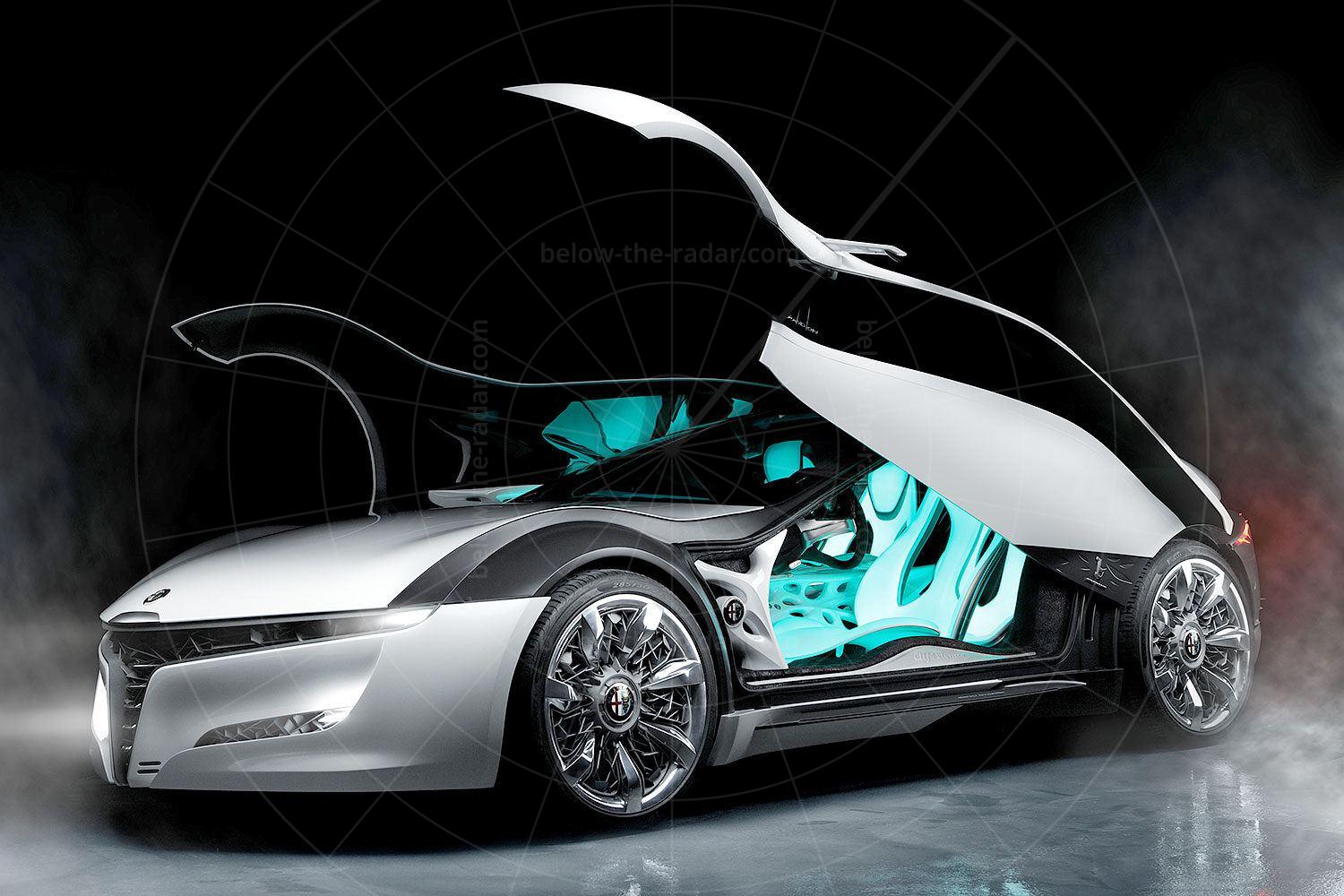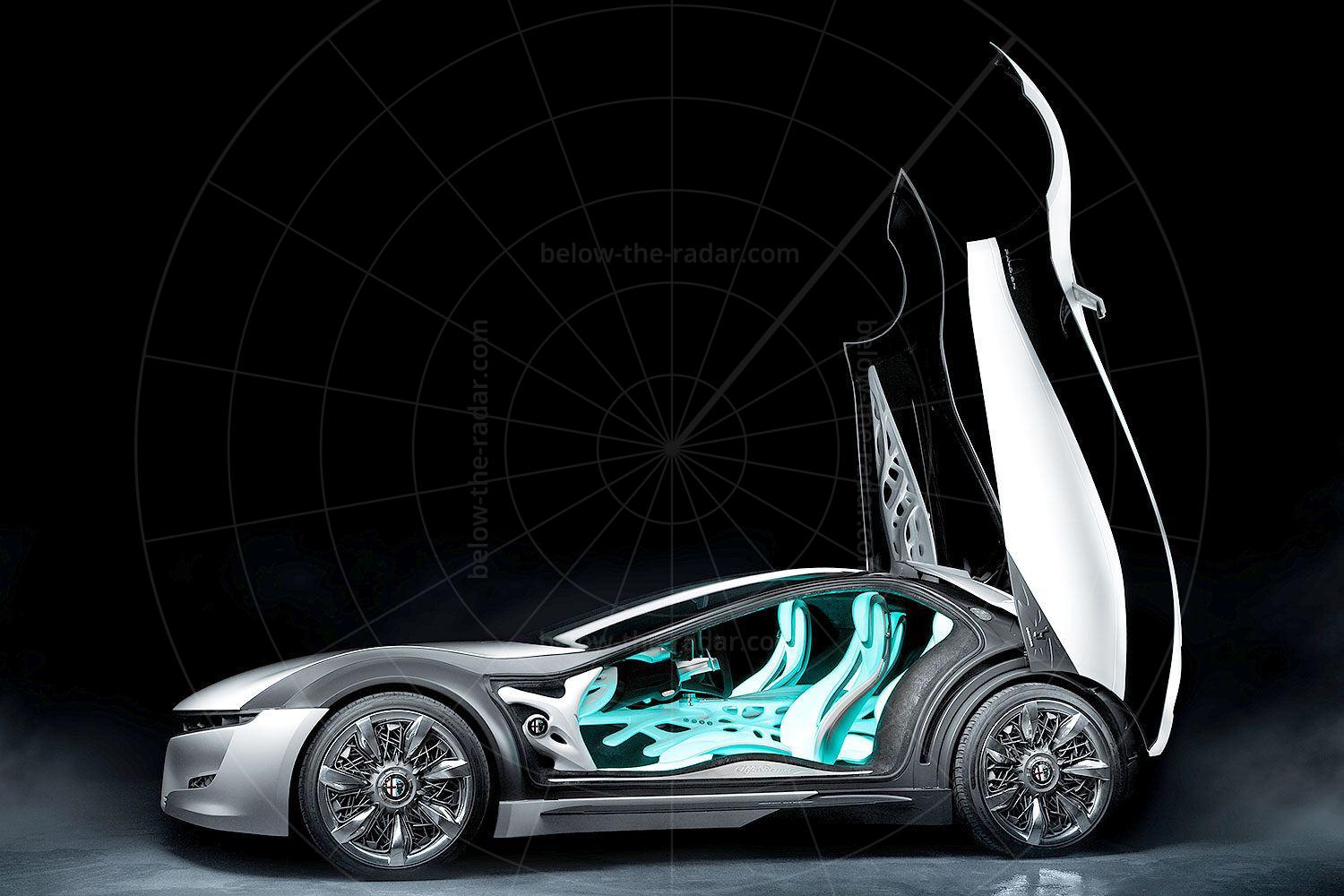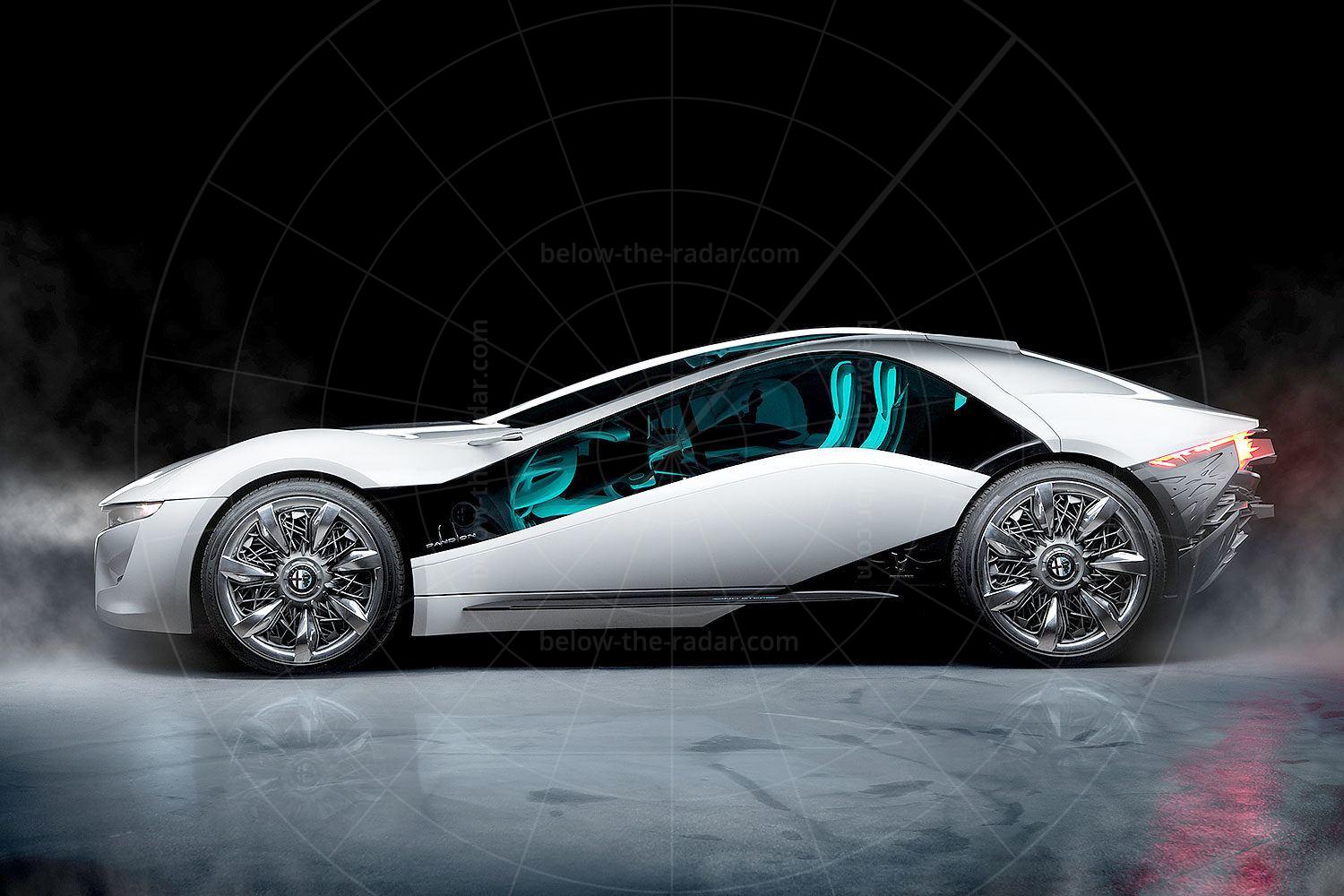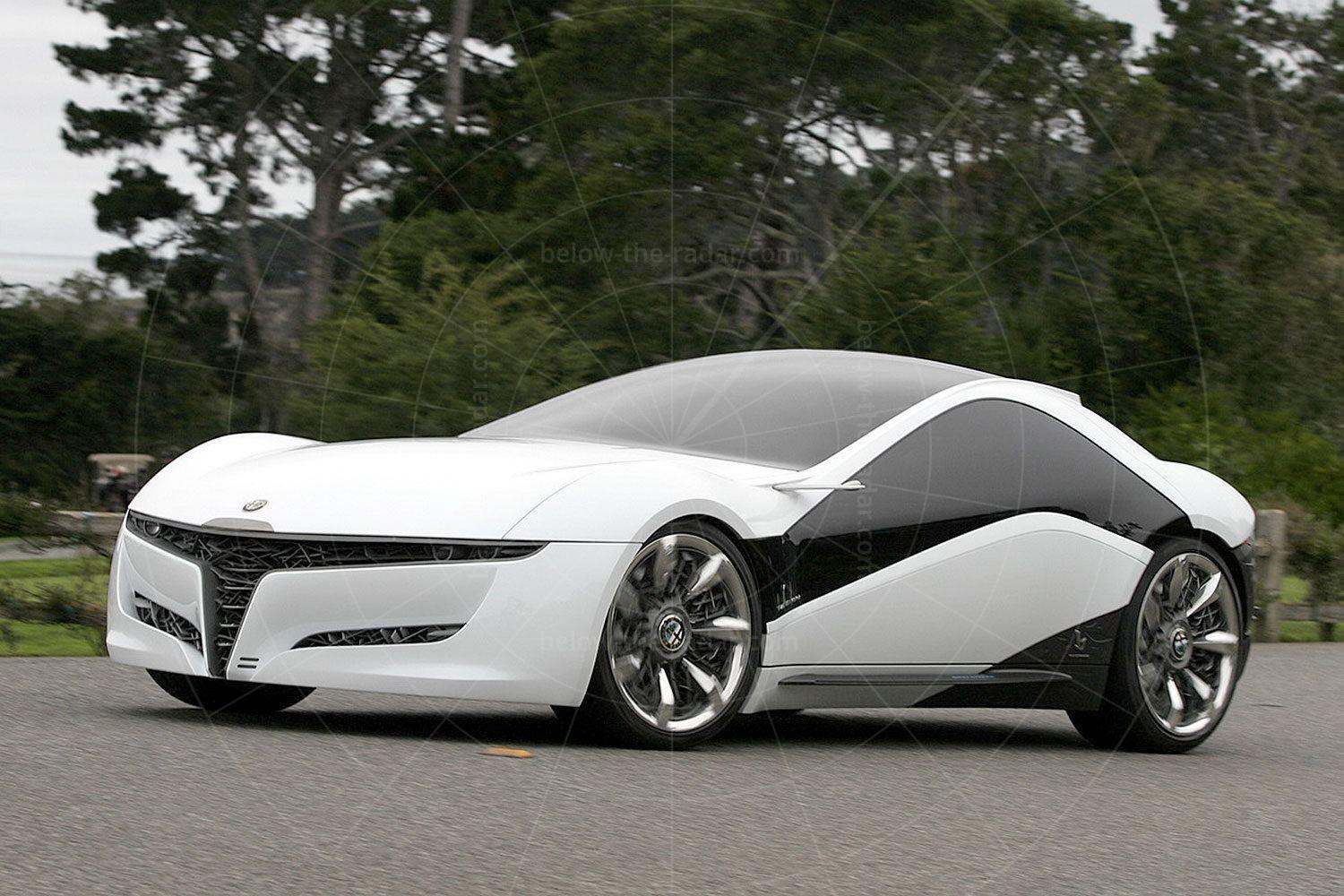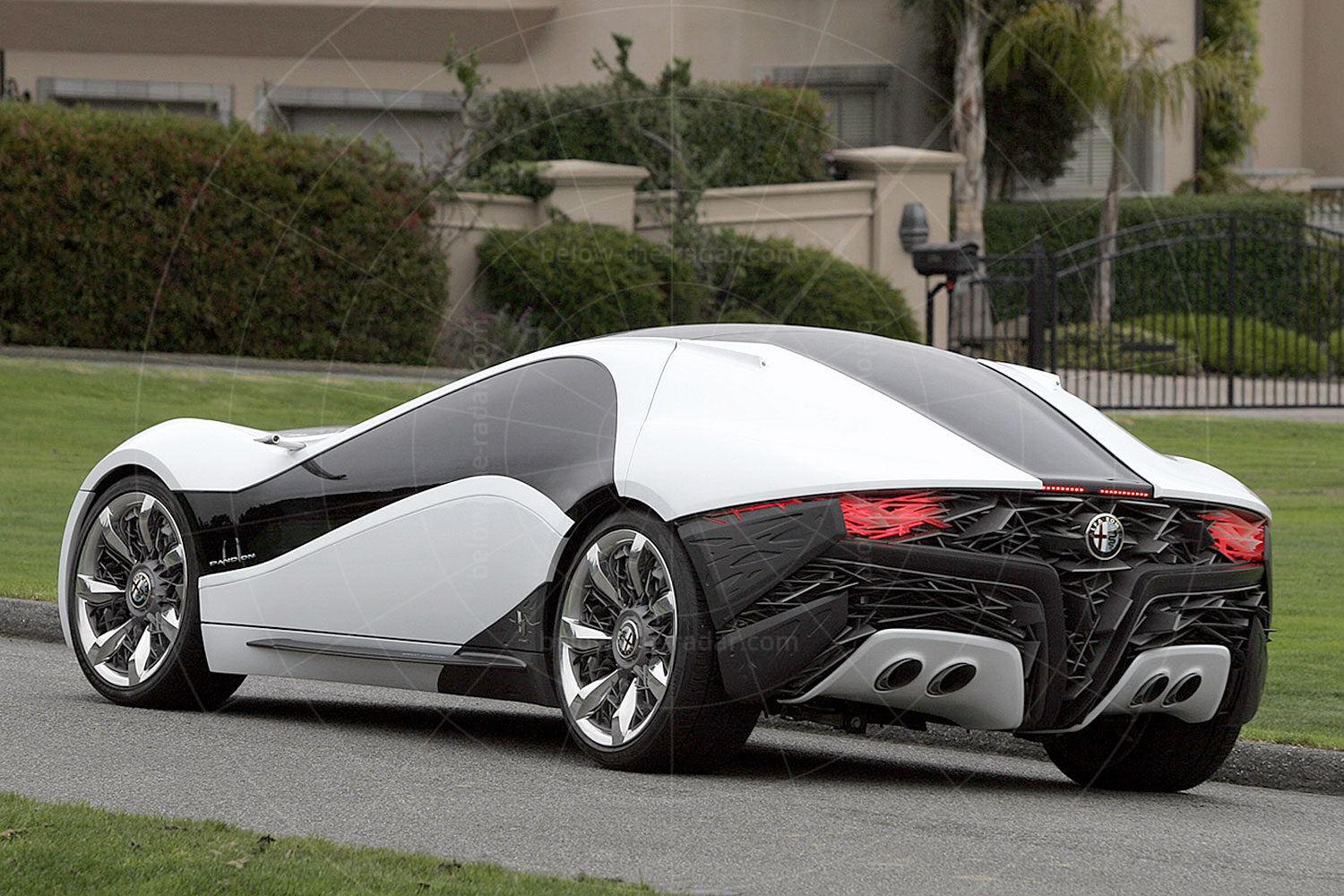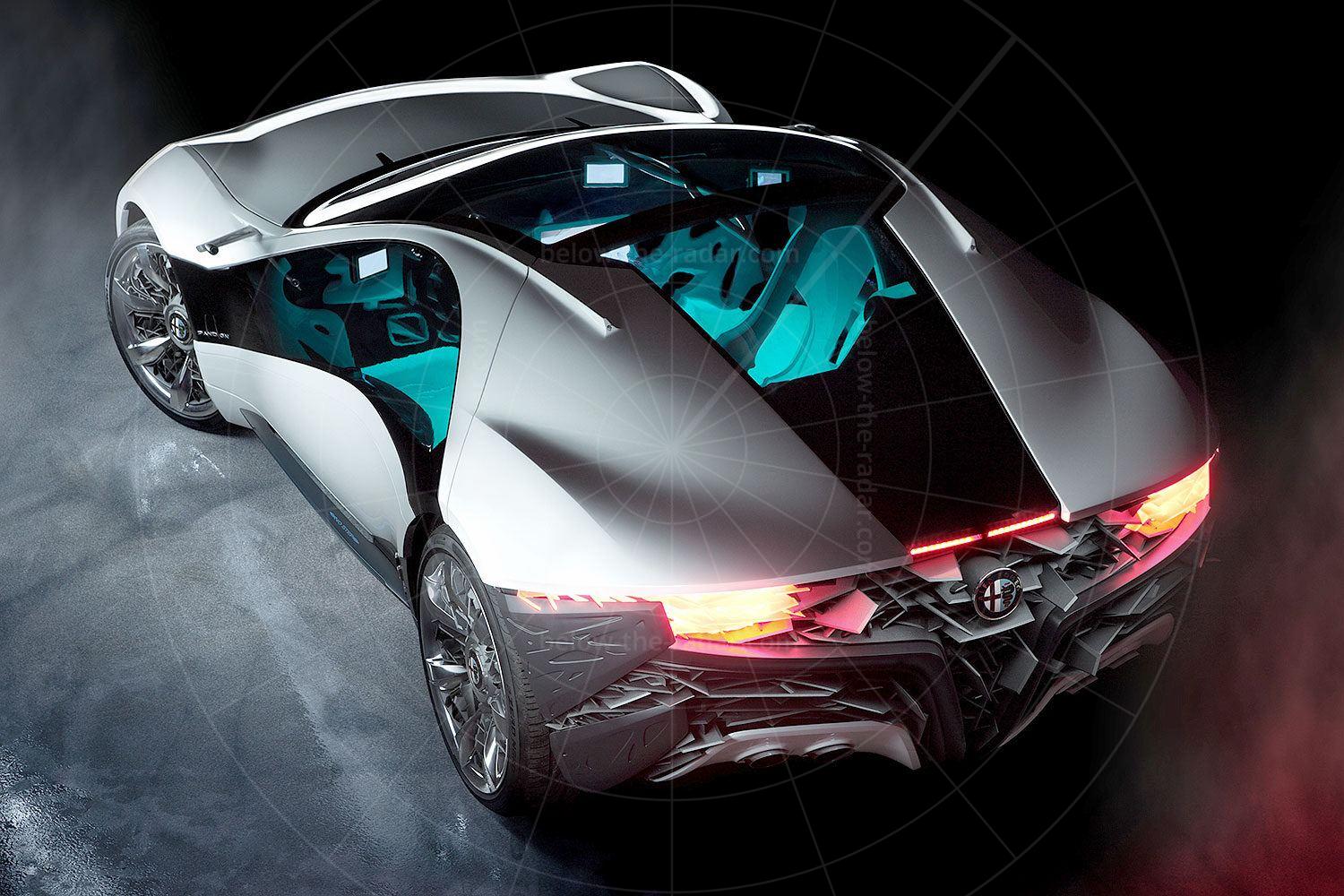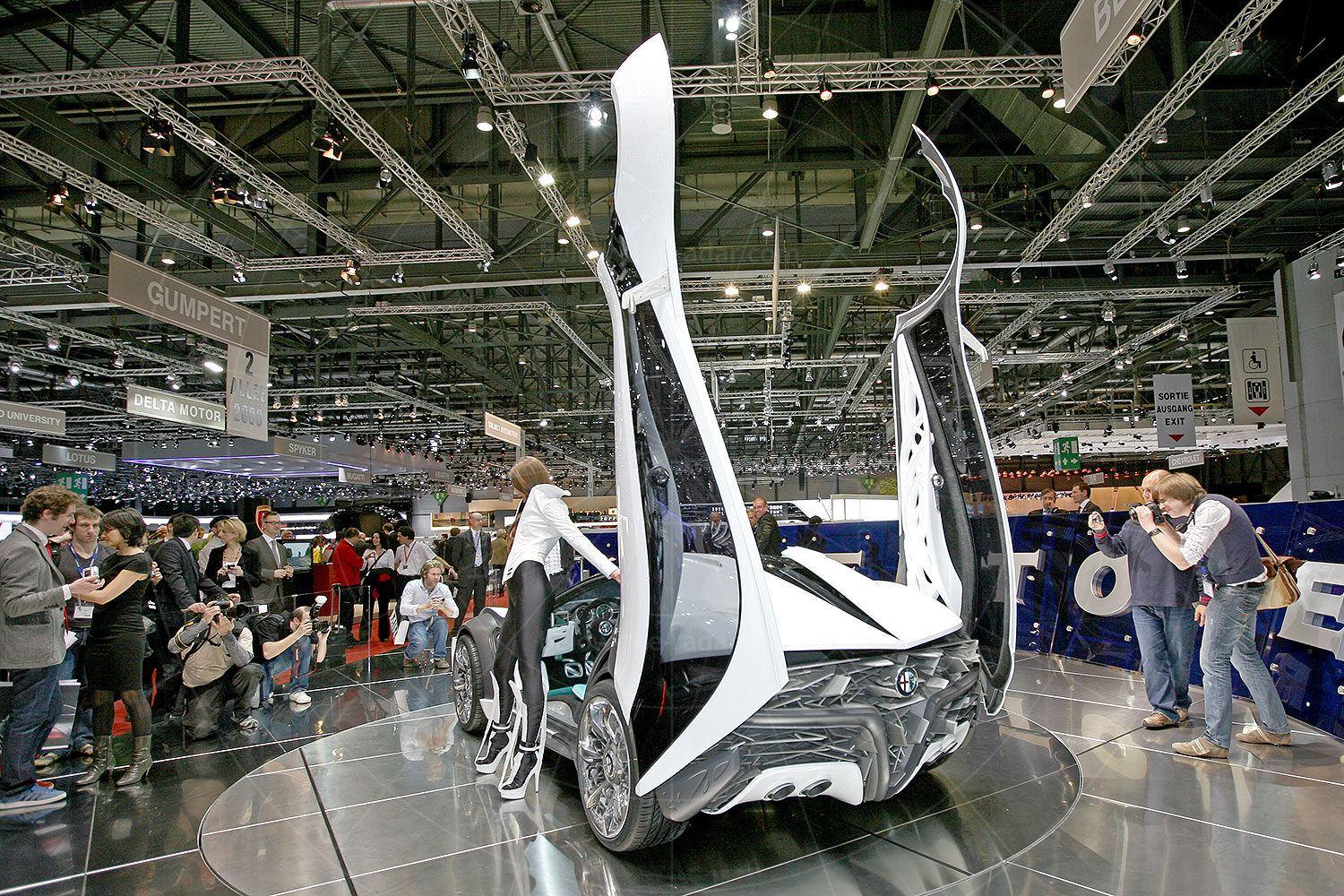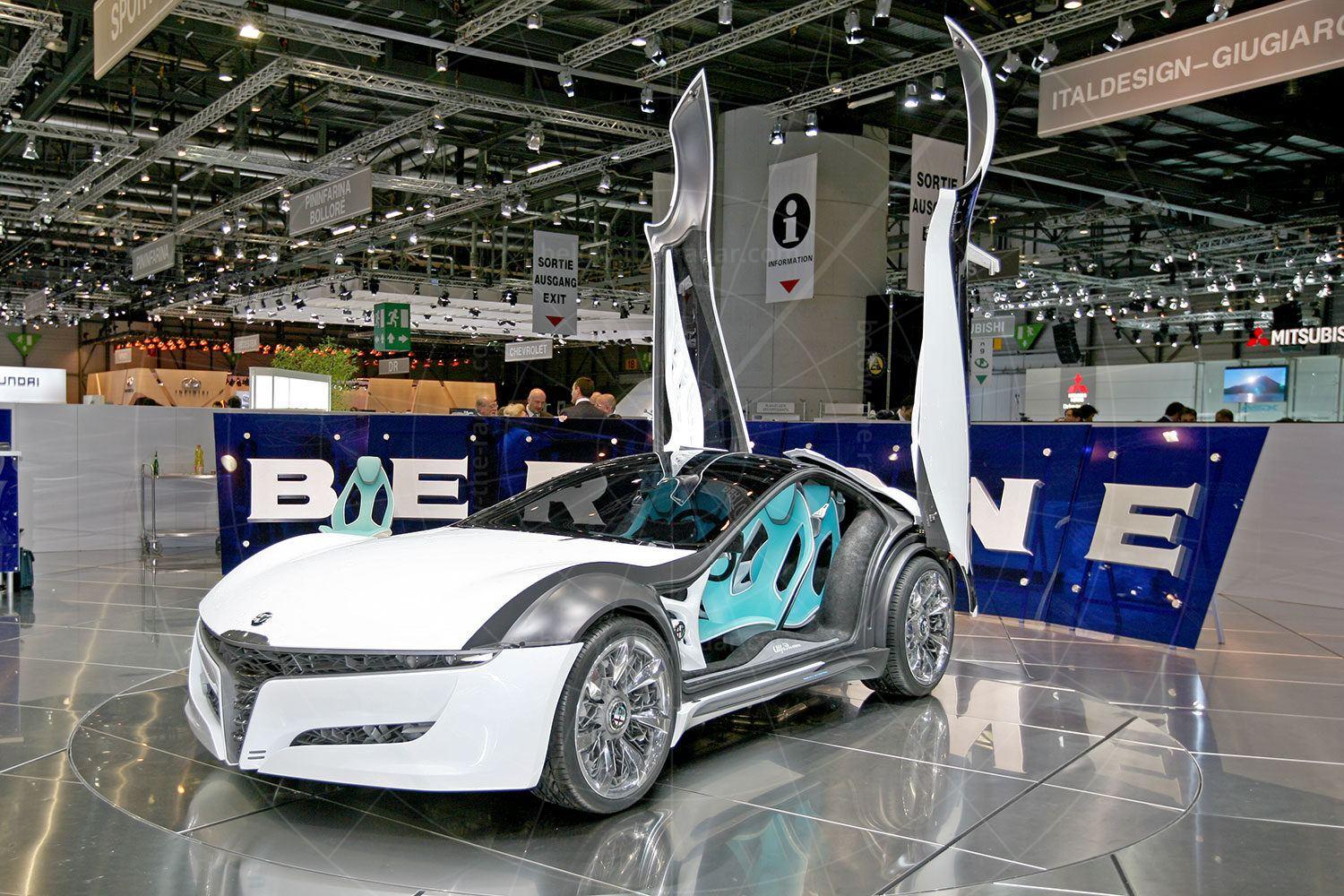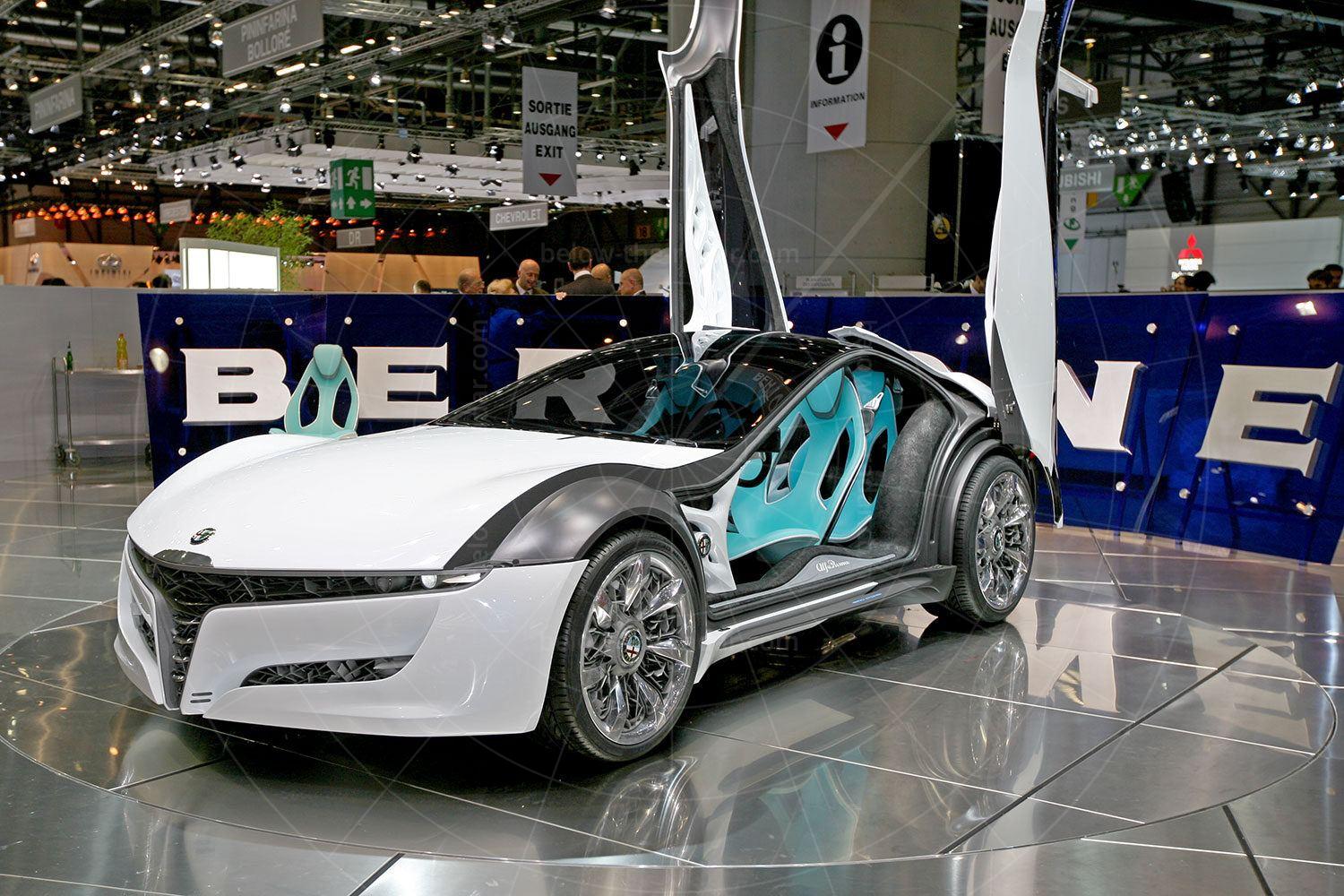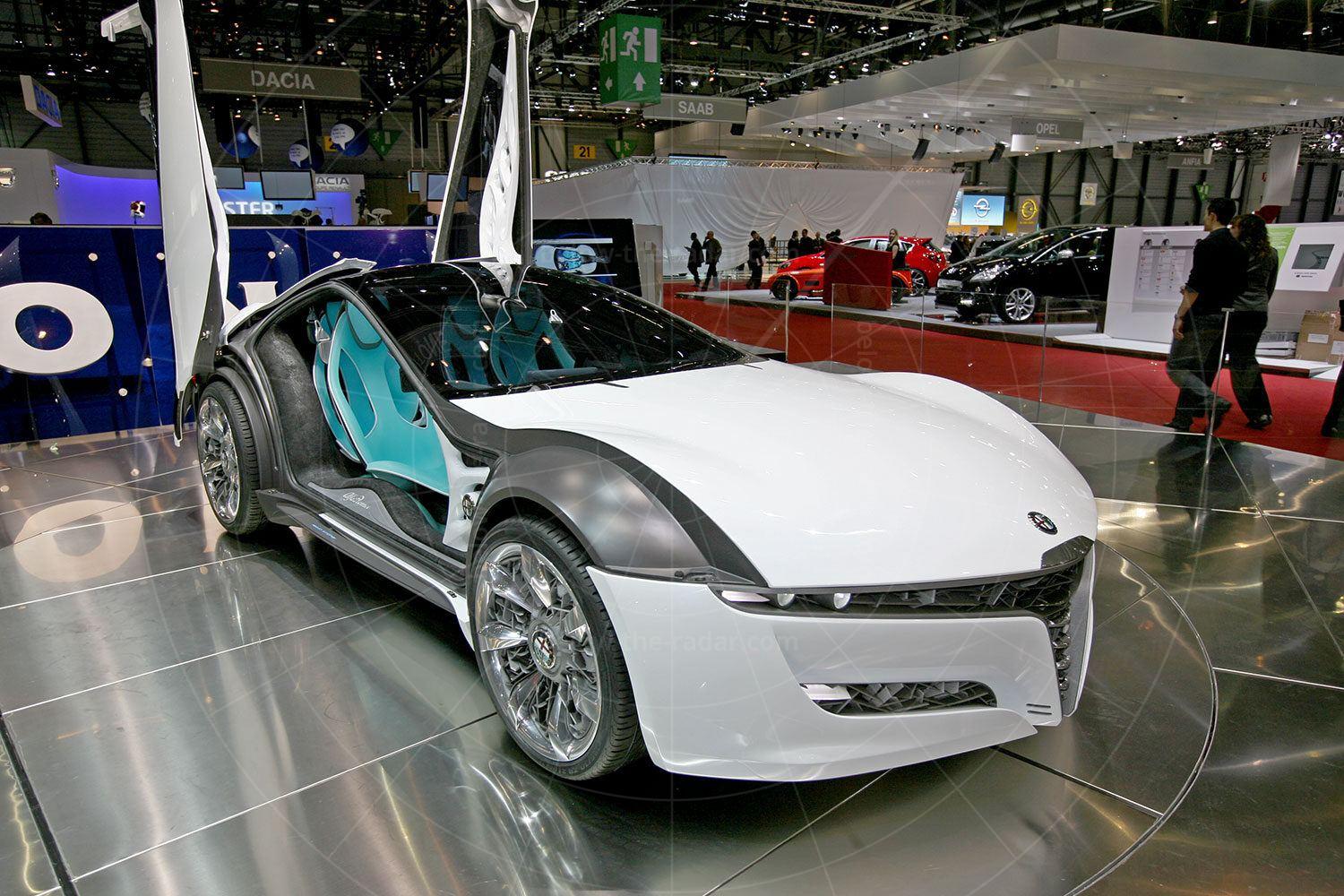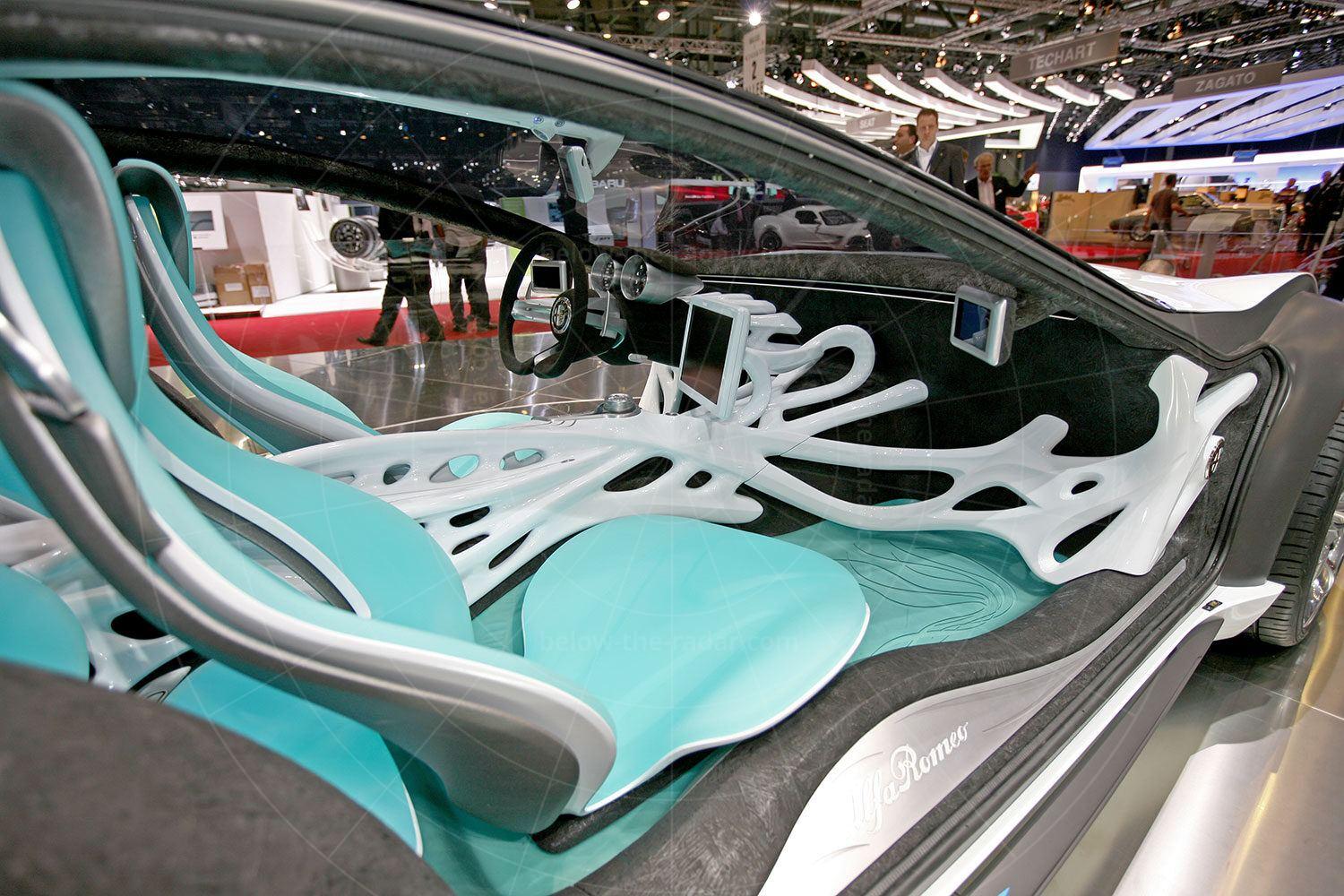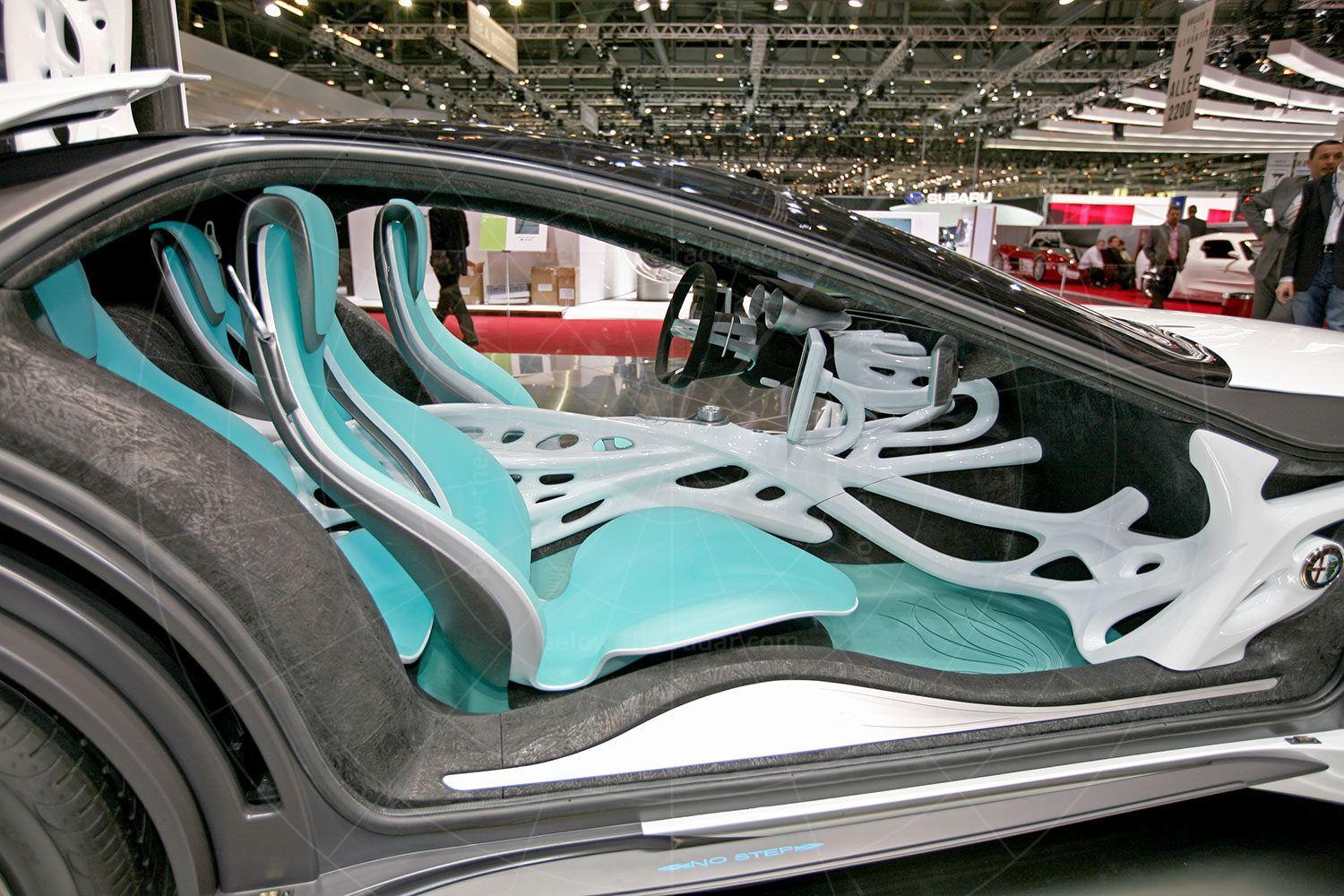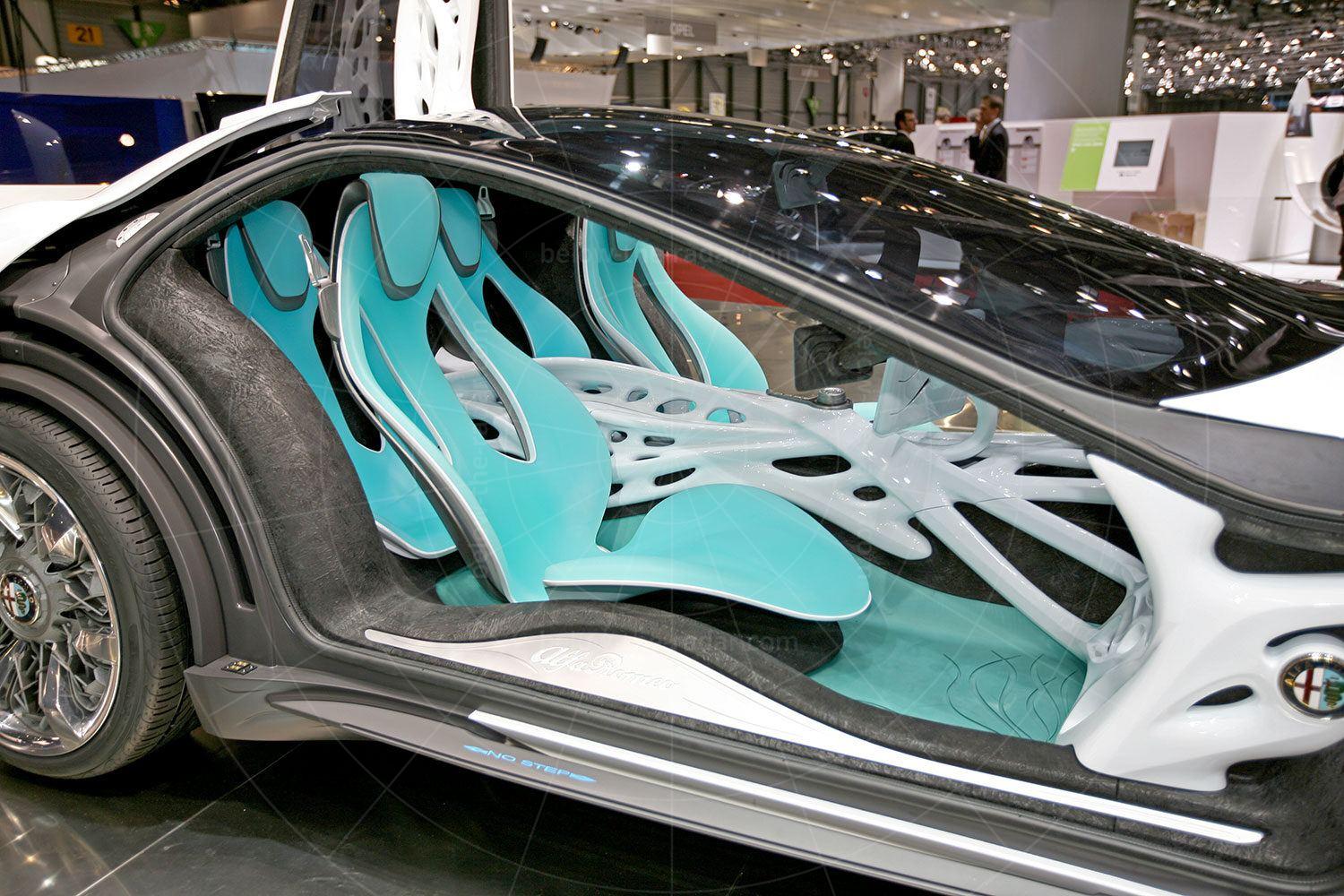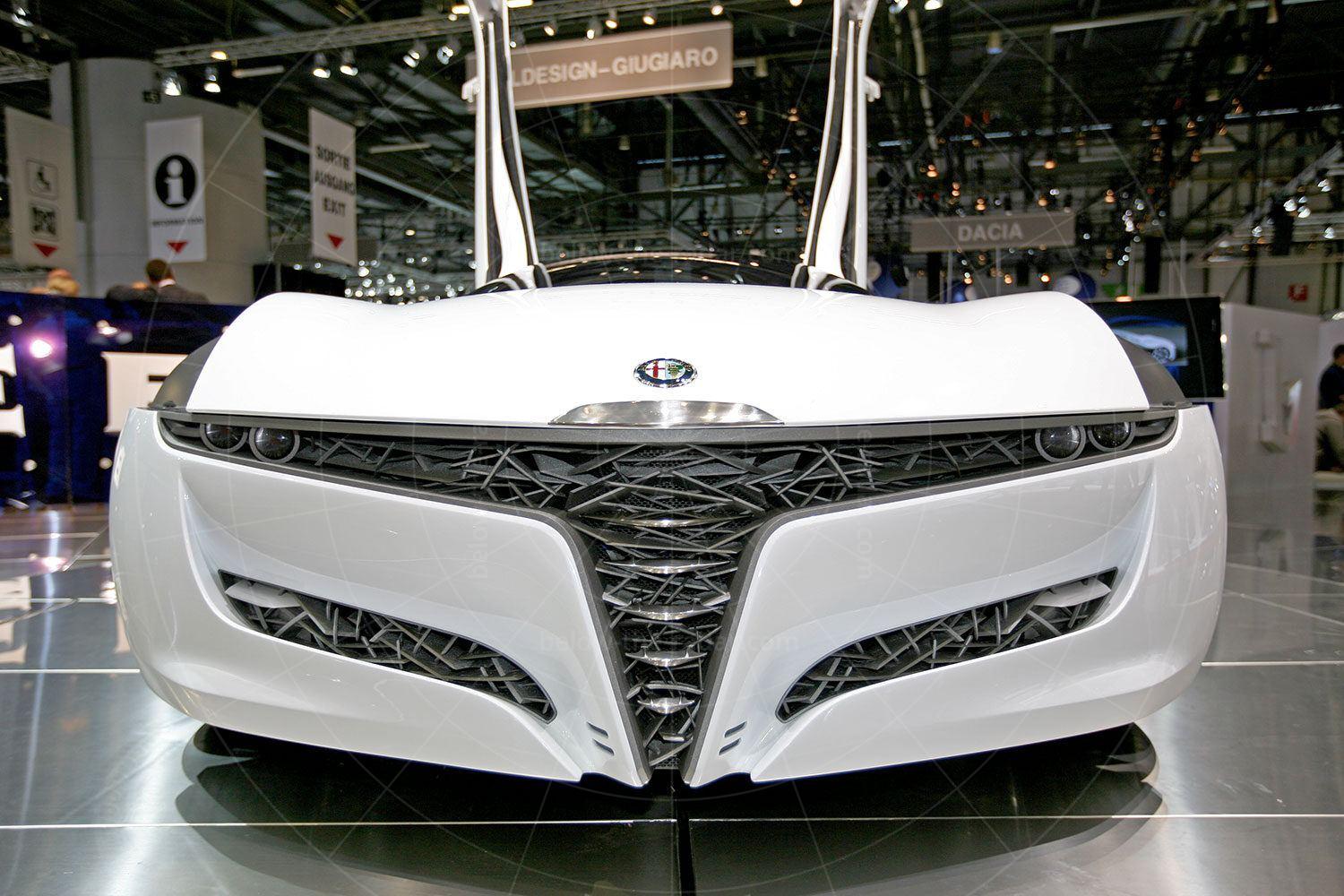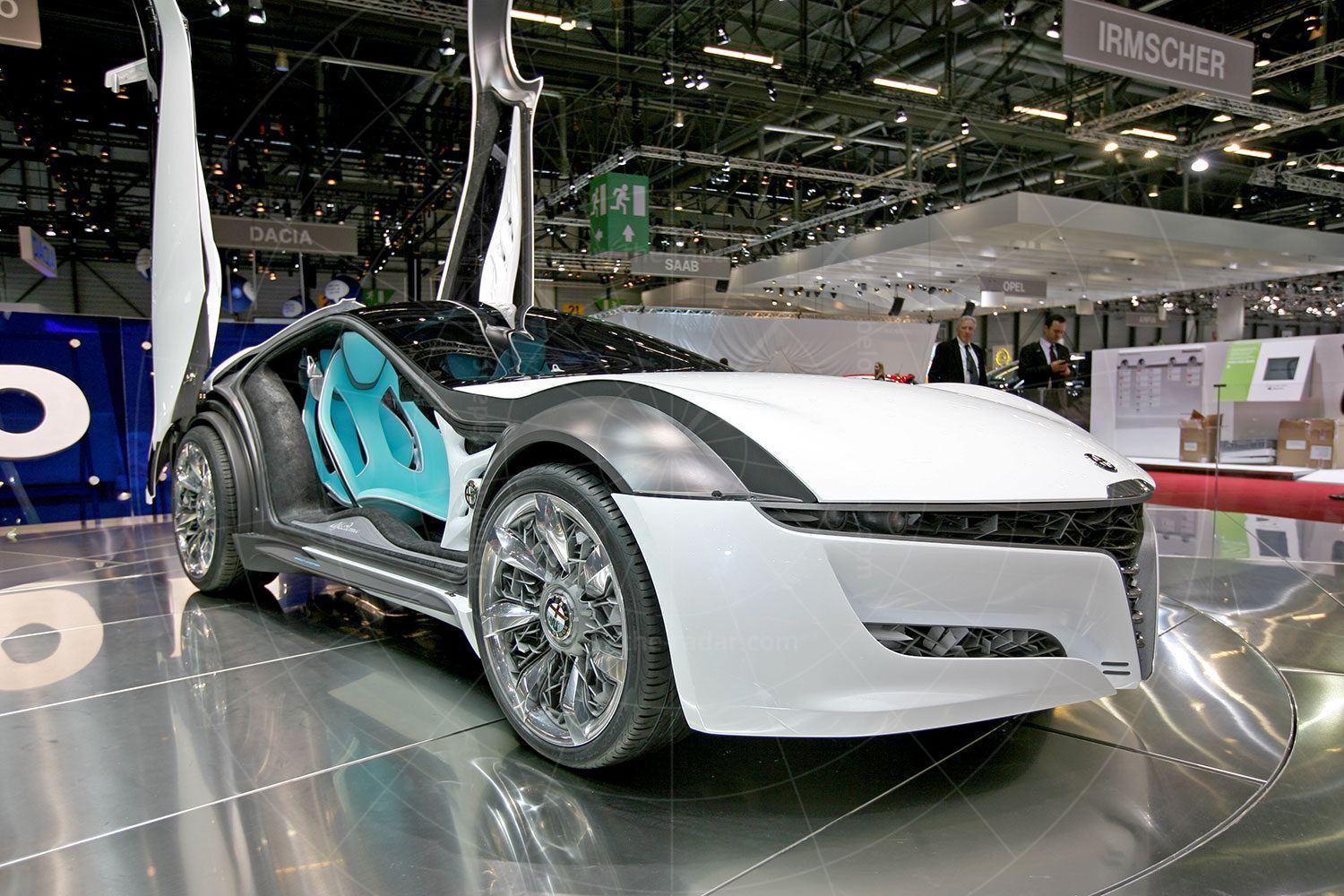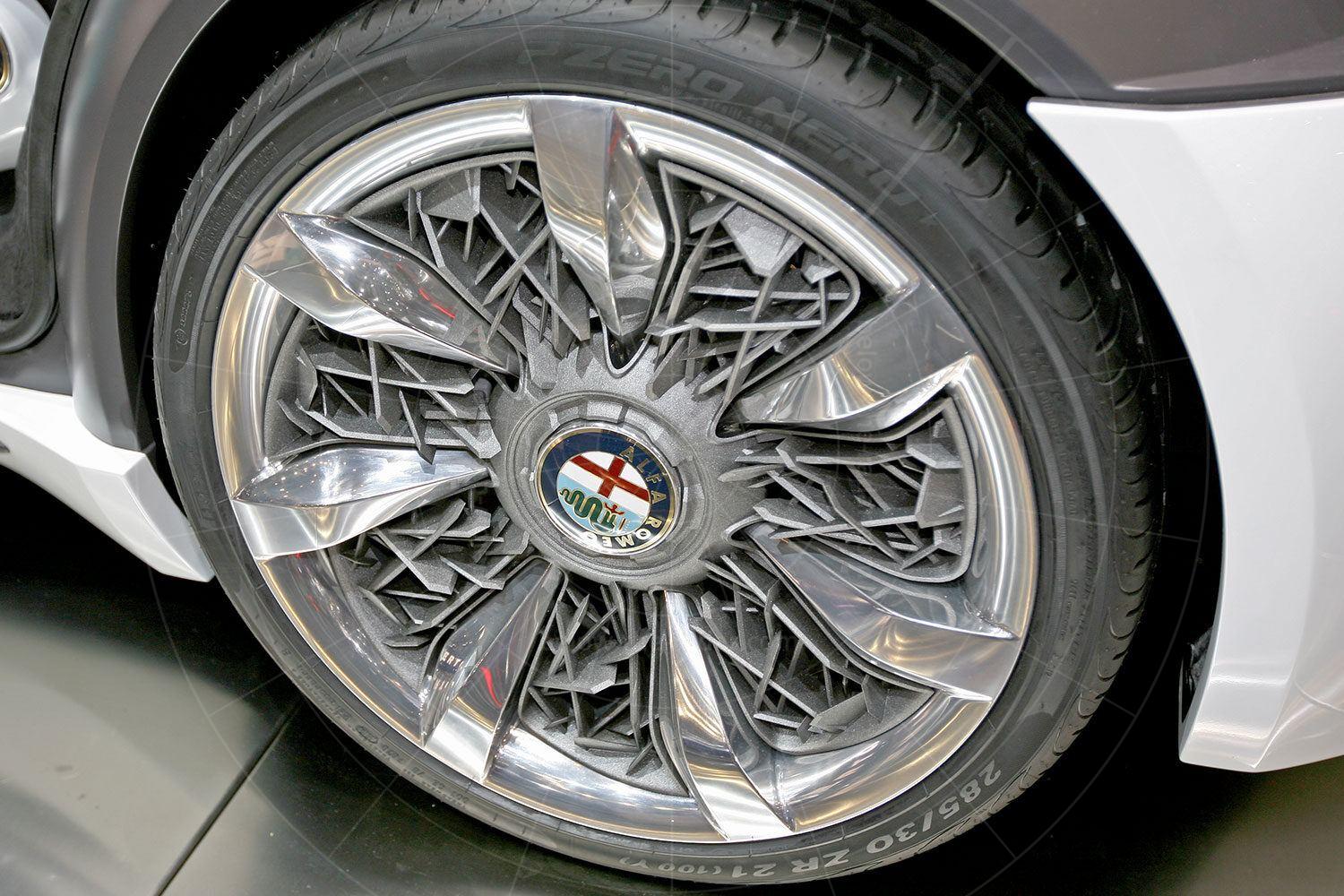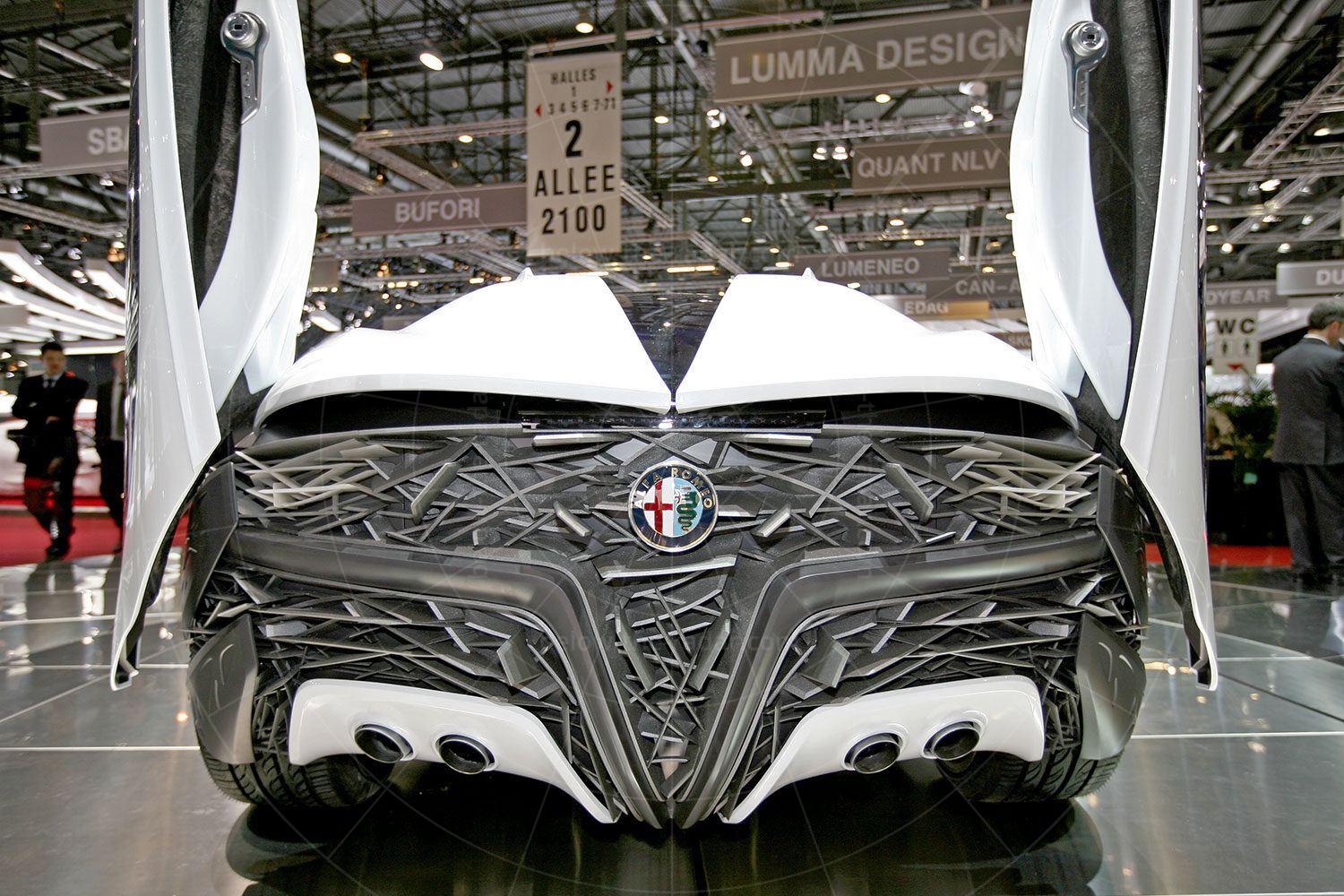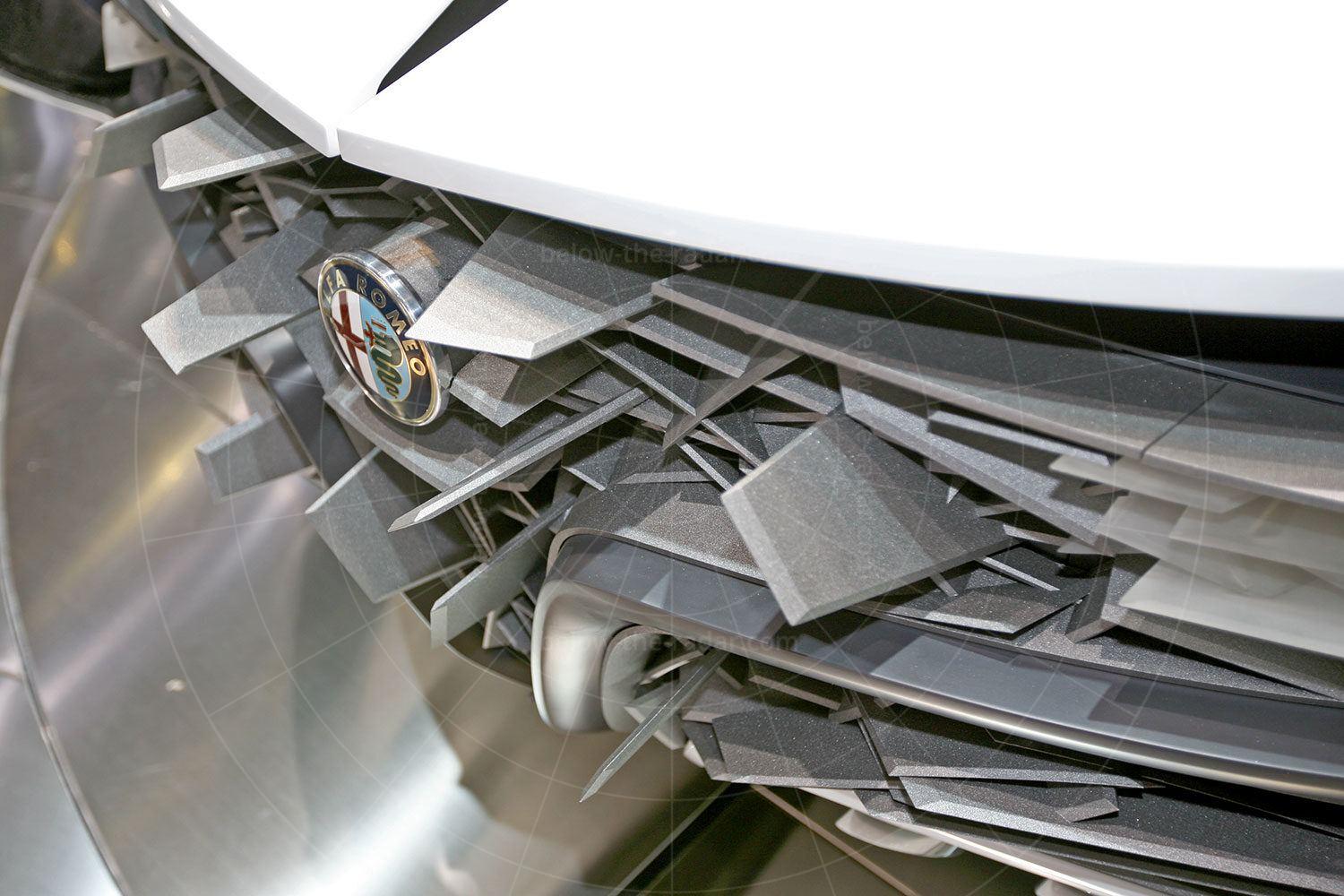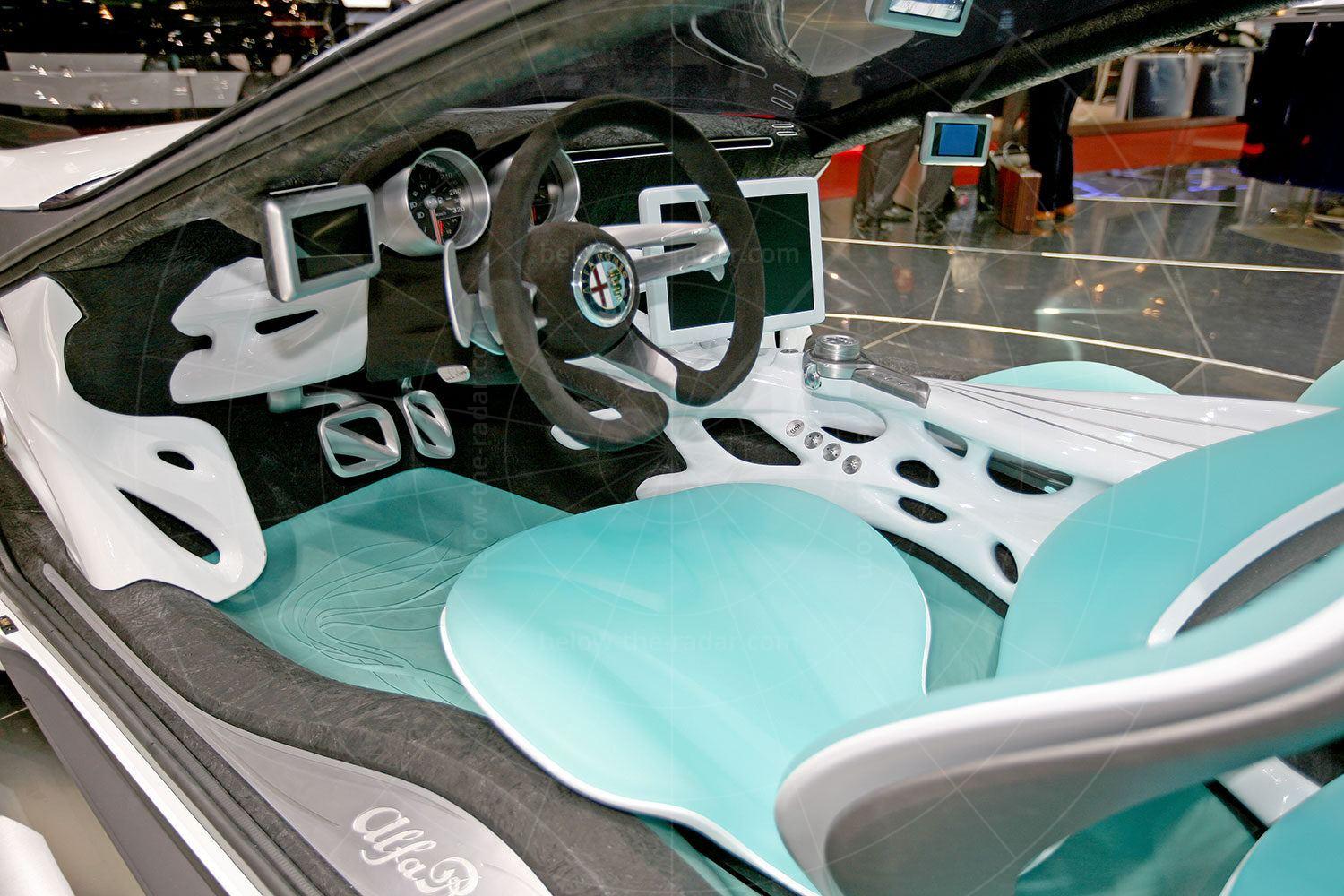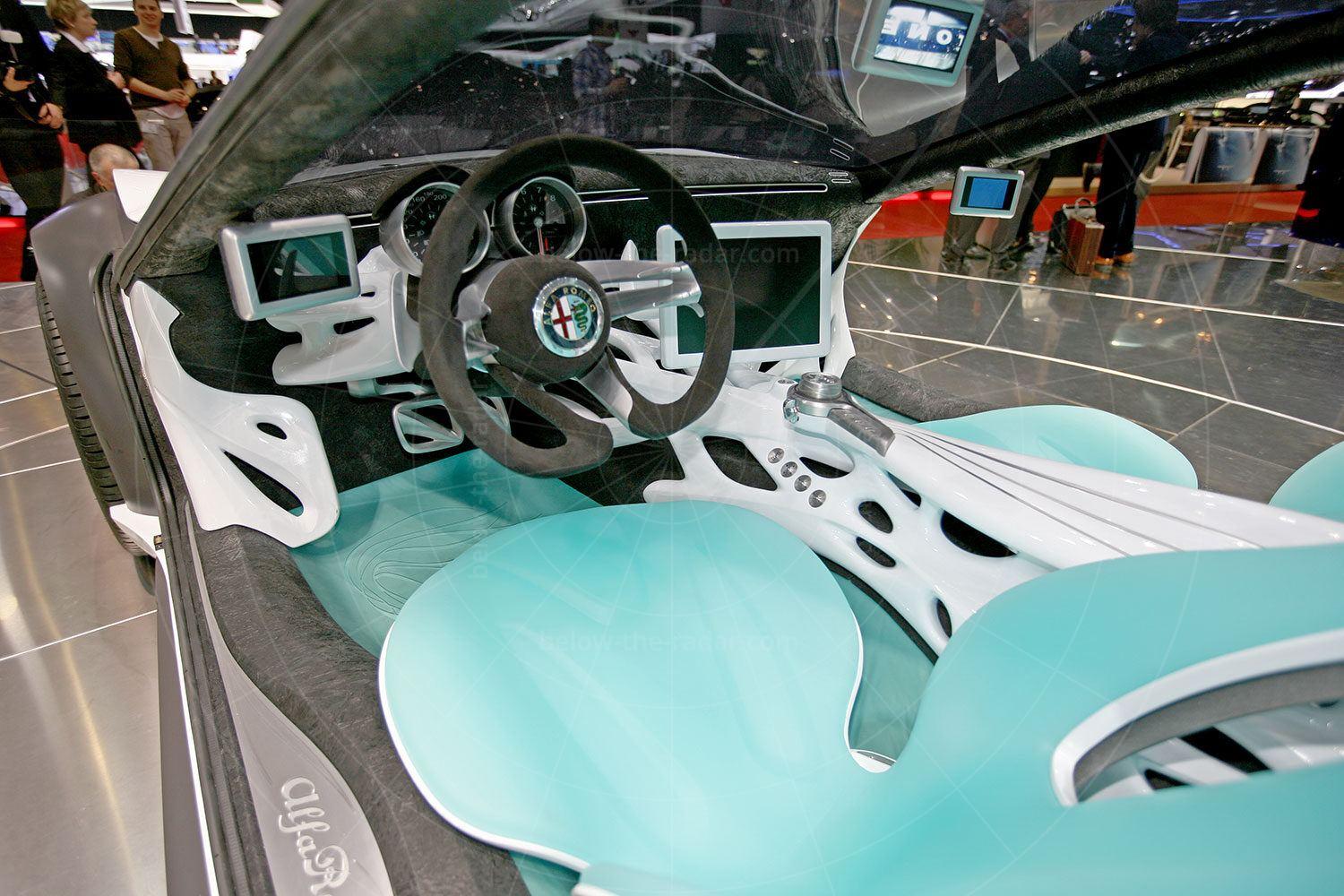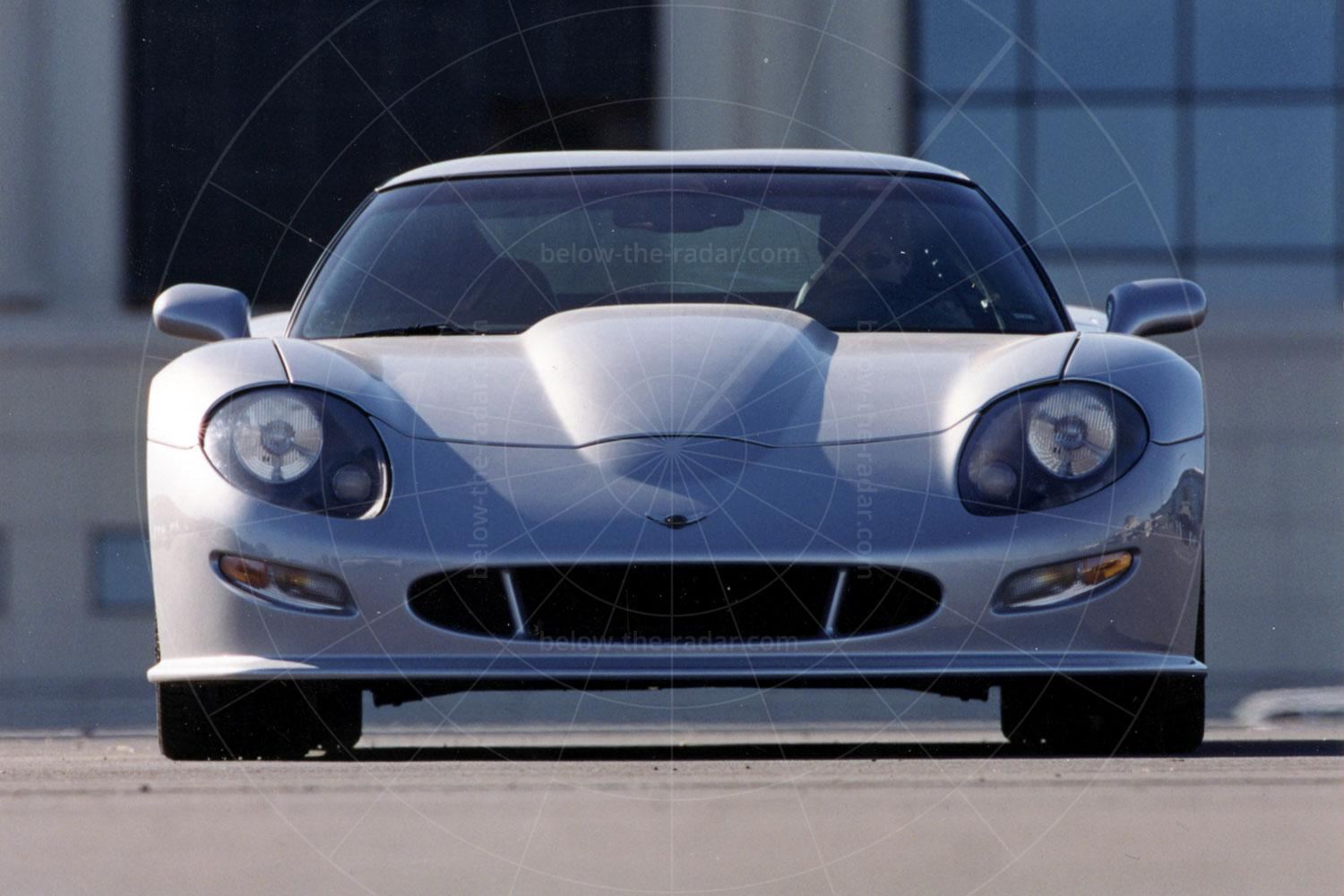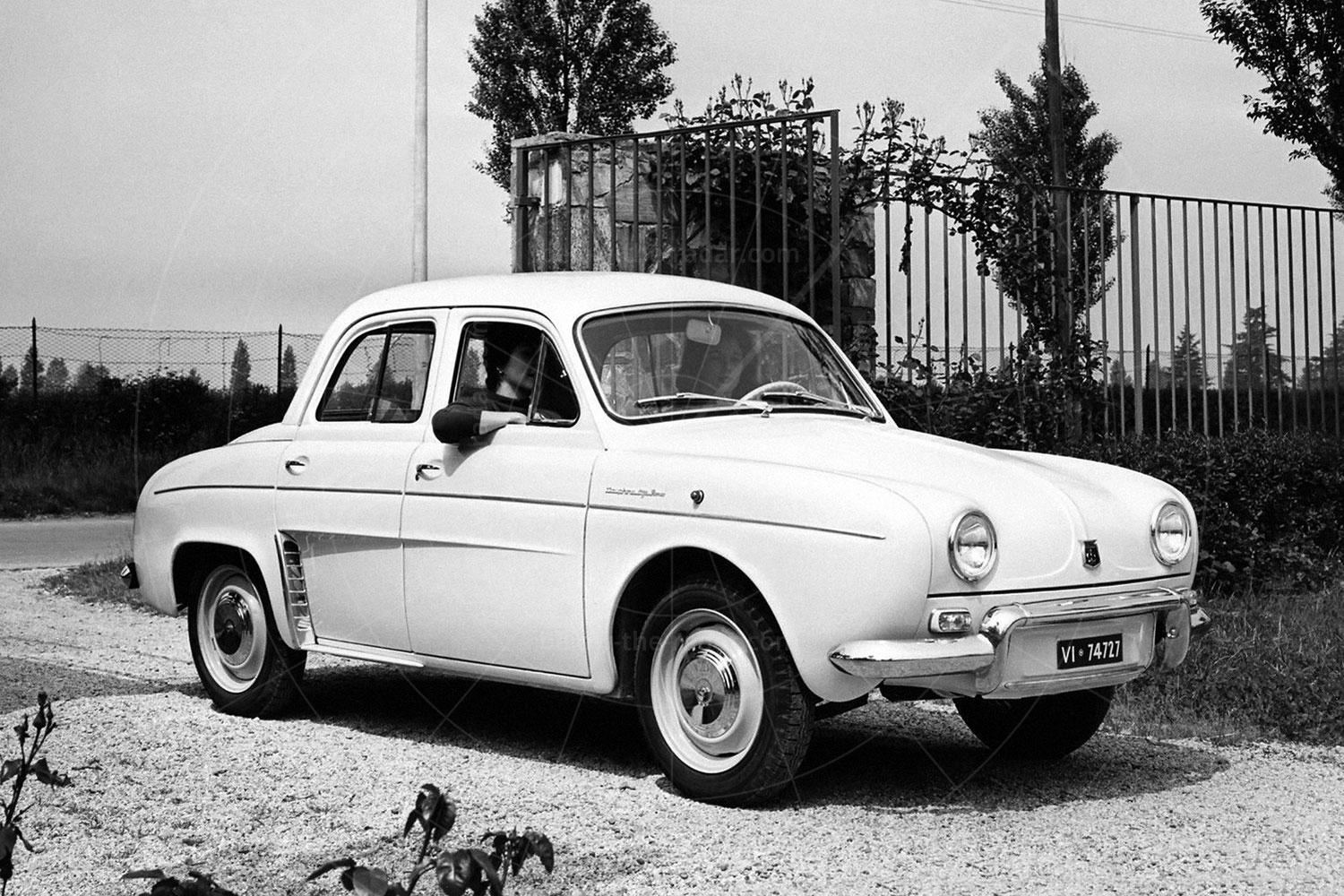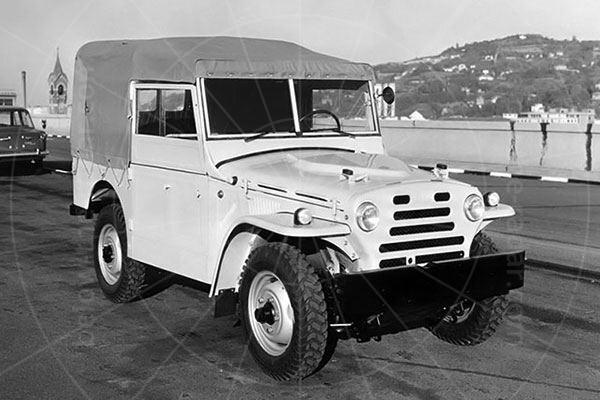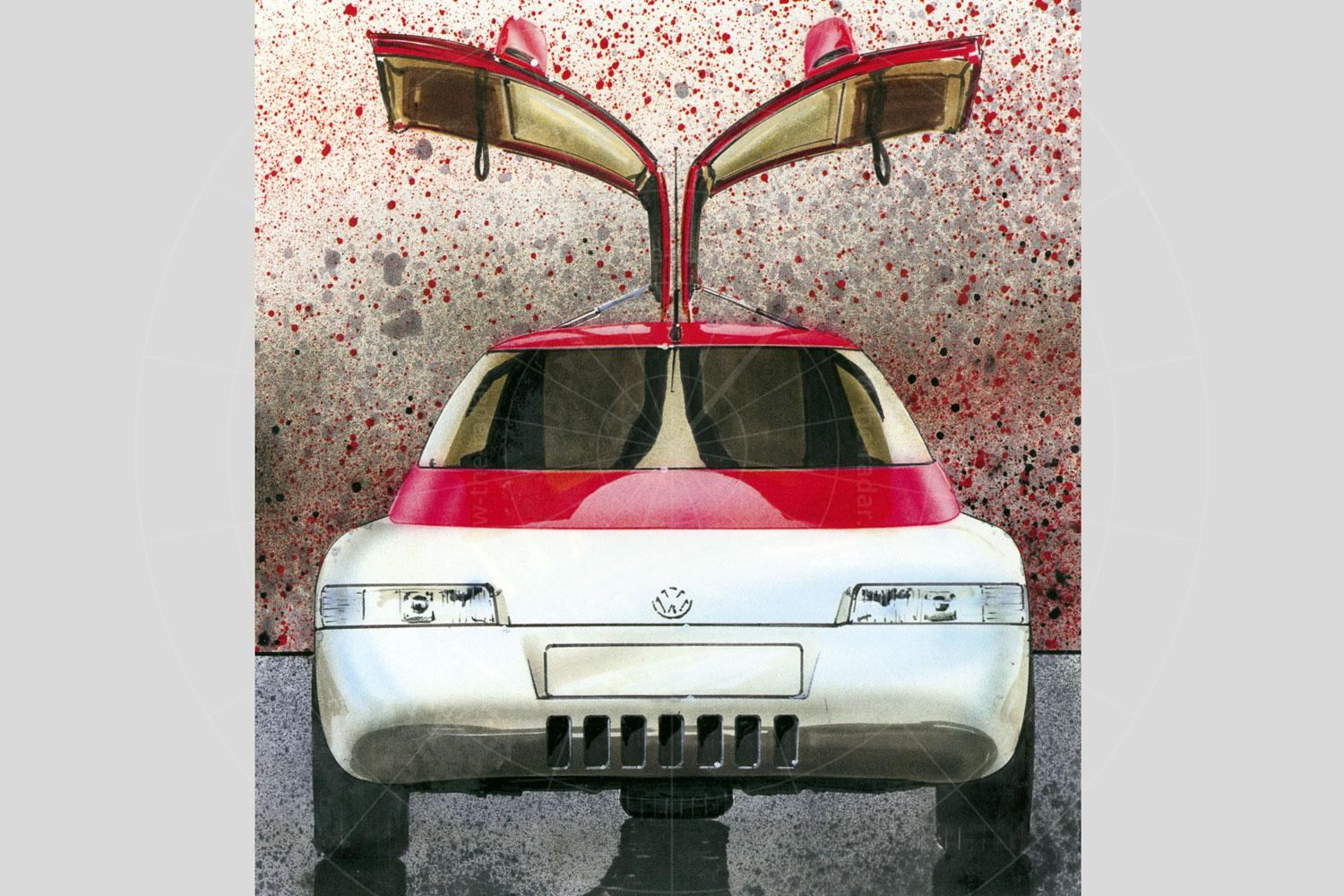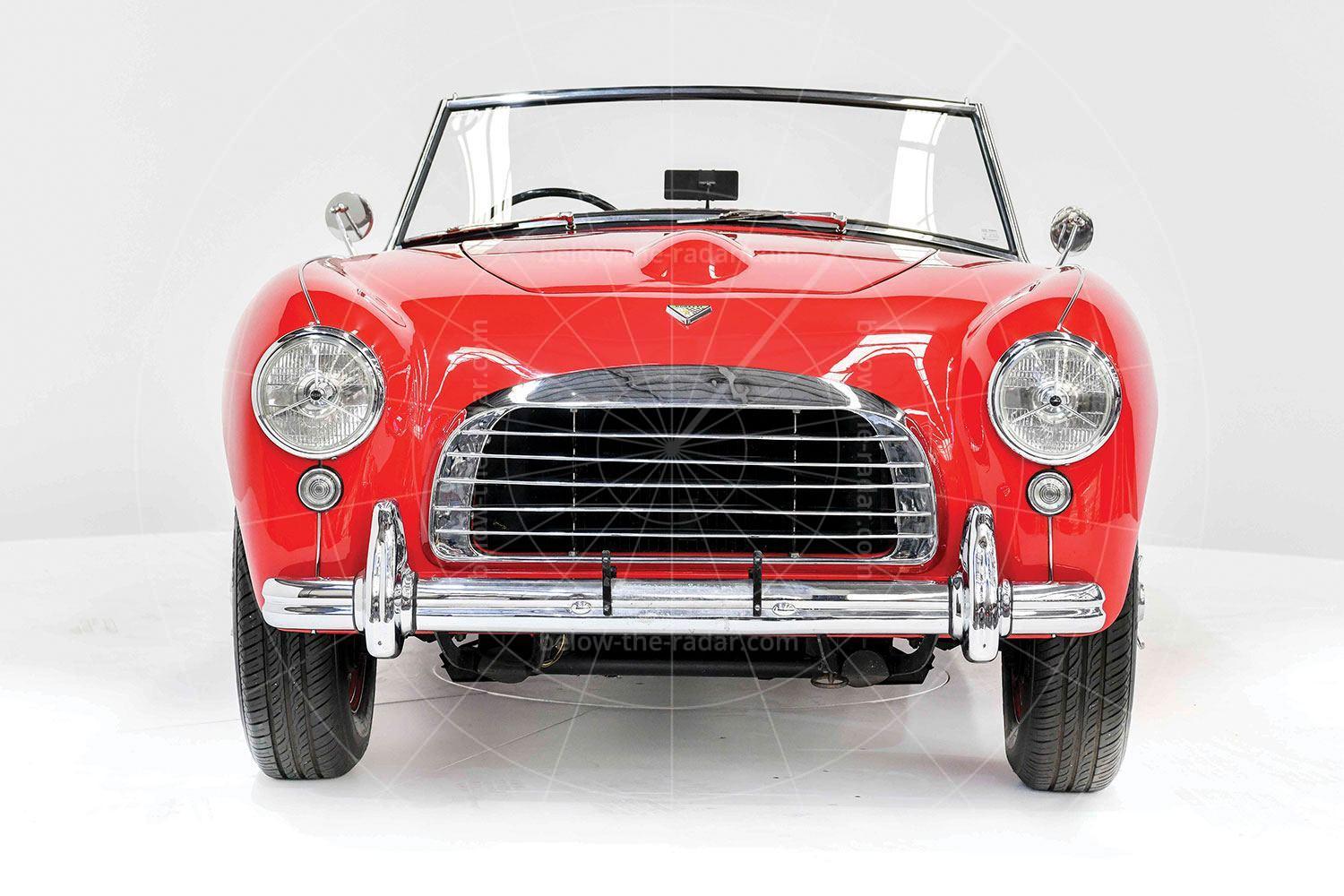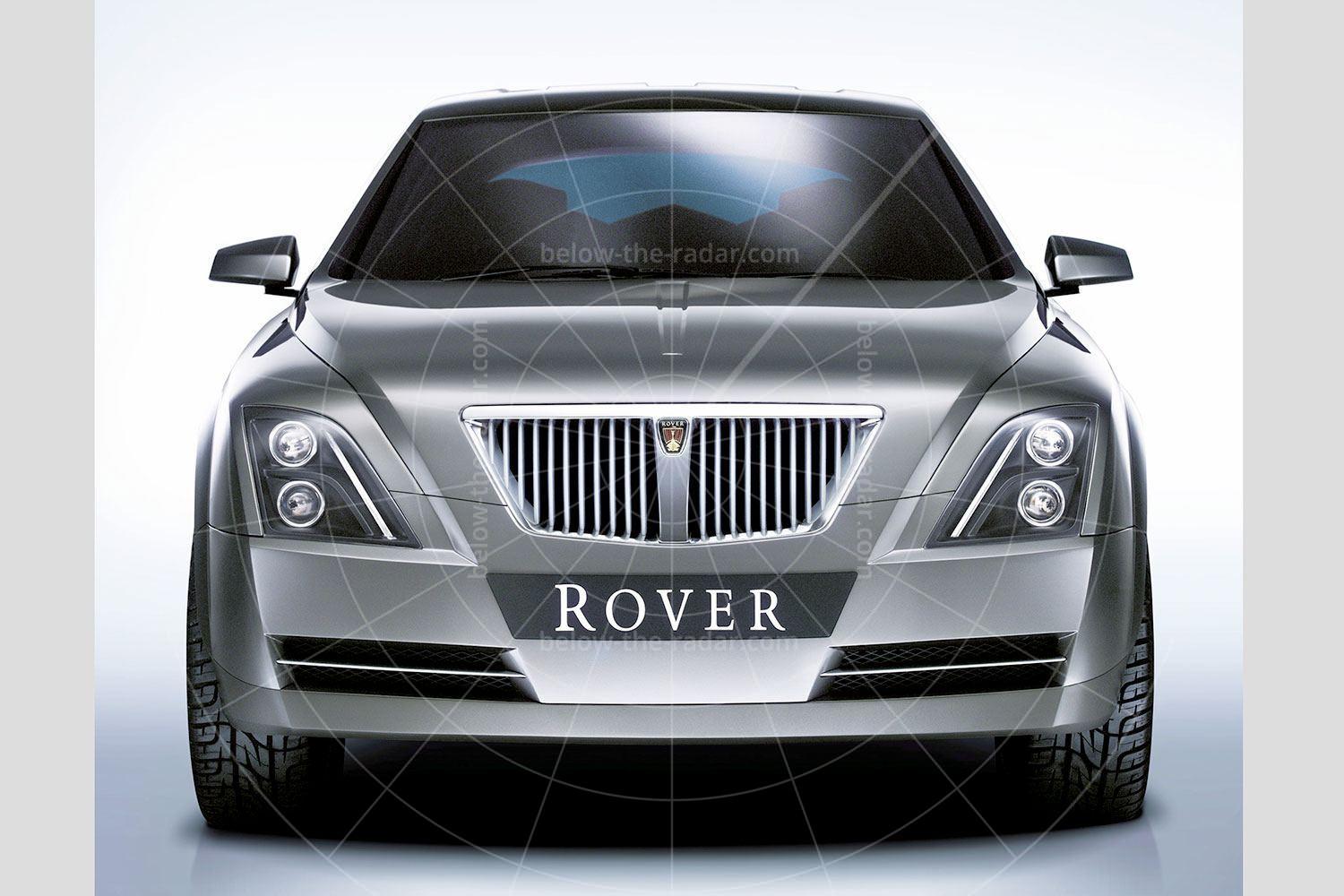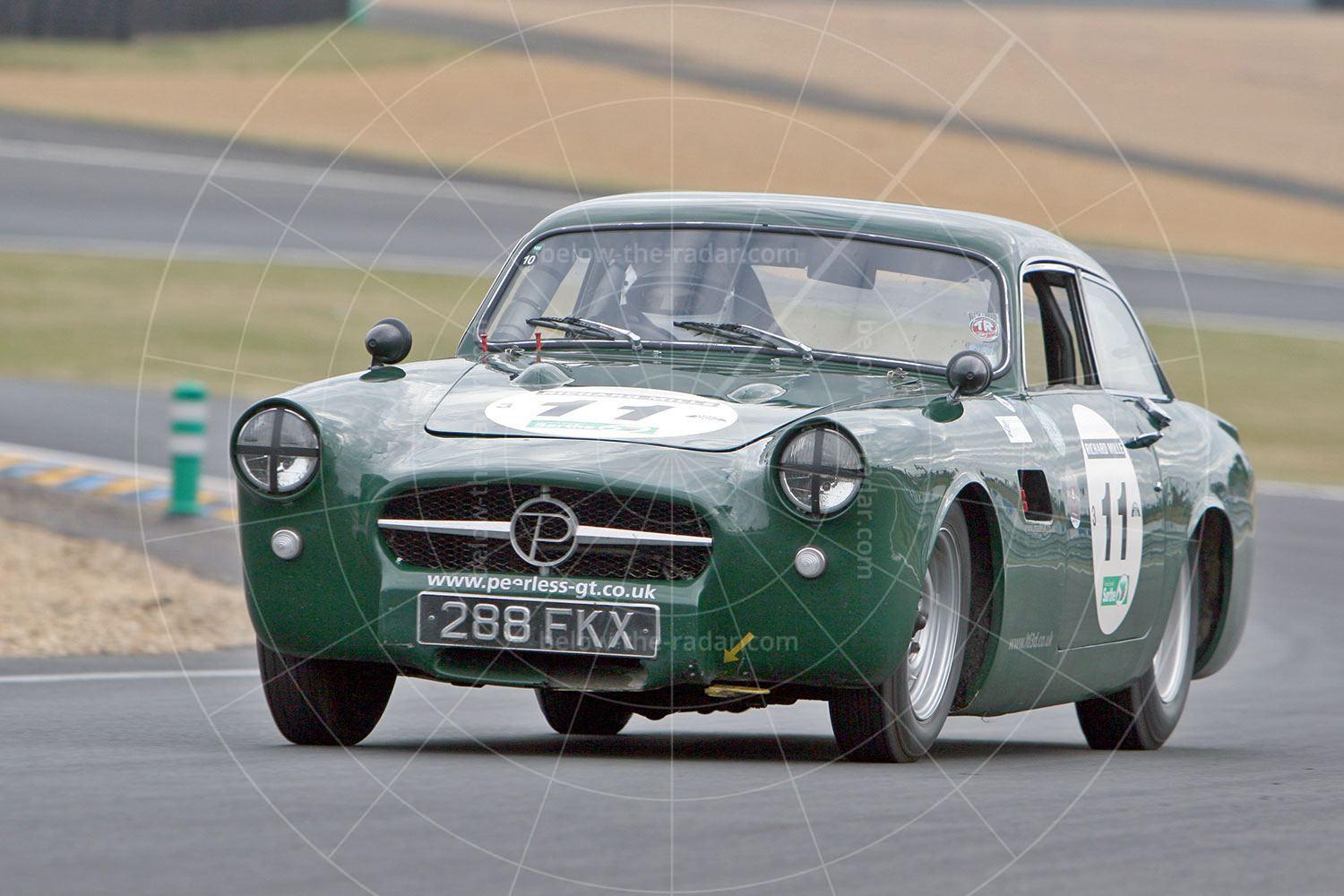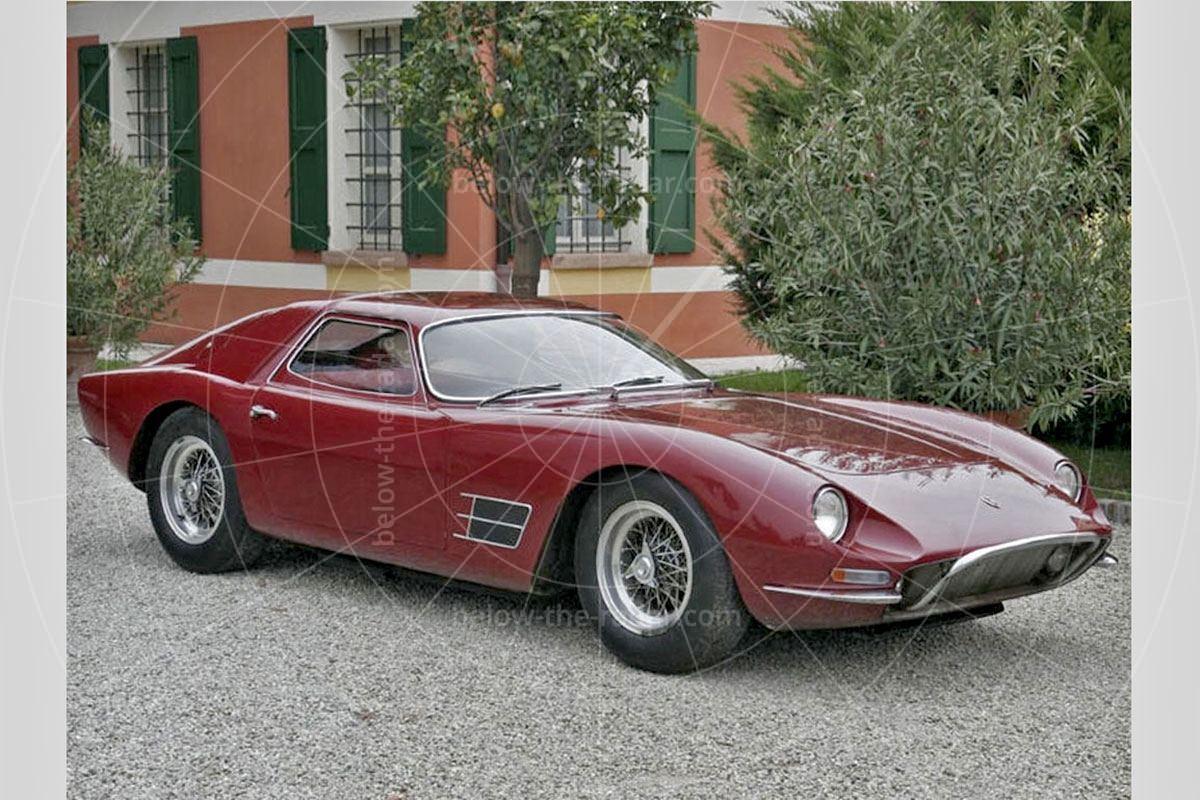When the first concept cars appeared in the 1930s they were an expression of what was possible, even if they didn’t necessarily reflect where car design was going in the real world. Right up until the 1990s most concept cars were a bit wacky and weren’t rooted too much in the real world. Then things started to get watered down and all too often we started to see previews of production models badged as concepts.
But in those days of diluted concept car design, it was Bertone which continued to offer proper dream cars; design studies which didn’t really have much hope of ever seeing production. Concepts like the BAT5, 7 and 9, Carabo, Tundra and Trapeze were never going to get into a showroom without being watered down massively – but that didn’t stop this Italian design house from pushing the boundaries. And while not all of its concepts have been from another planet, by the first decade of the 21st century Bertone was still thinking big, and the Pandion was the proof.
Yet it nearly didn’t happen. Founded in 1912, Bertone filed for bankruptcy protection in 2007 after years of large losses. The operation was saved in 2008, and two years later – Alfa Romeo’s centenary year no less – the Pandion was unveiled as proof that the consultancy was well and truly back in business.
The Pandion moniker was chosen because it comes from Pandion Haliaetus – the scientific name for an Osprey, from which designer Mike Robinson and his team drew inspiration to create the incredible doors that were the stand-out feature.
According to Bertone, the concept’s "taut and muscular body" was an original interpretation of the famous Alfa Romeo badge, which features a man-eating serpent and a red cross – or "the skin and the frame" as Bertone interpreted it.
However, while the basic silhouette of the Pandion, and even the language used to describe it was reasonably comprehensible, when it came to some of the detailing things were anything but clear. Especially where the rear of the car was concerned; here Bertone reckoned there was a “disembodied or pixelated look” which was meant to represent the tail of a comet. It was this design which was intended to give the Pandion a more dynamic appearance, so it looked as though it was whizzing along at breakneck speed, when it was in fact stationary. Yes, that old chestnut; you decide…
Meanwhile, the front of the car featured a long, sculpted sloping bonnet that was supposed to create the look of a mask, along the lines of the helmets worn by ancient warriors. Again, probably not the first thing that springs to mind, but what couldn’t be denied was the Pandion’s superb profile, which was quite sensational, thanks to its cab-rearward stance, helped by those impossibly long doors. Hinged virtually around the axis of the rear wheel, the doors opened by rotating backwards, ending up a perfect 90 degrees above the centre of the rear wheel. In the process they lifted up the entire body side of the vehicle, from the front wing to the rear, and when fully open they were more than 3.6 metres high; perfect for those multi-storey car parks.
While the exterior design was one of sensory overload, the interior was rather more understated, if no less eye-catching. Bertone claimed it “struck the perfect balance between architectural rigour and the spectacular shapes of living organisms”, and for once it was easy to see what they meant. Alongside the hard, alloy extrusions were flowing shapes for the seats and dash; simple, but spectacular.
While the mainstream car makers were busy churning out concepts that packed the latest fuel-saving technologies, Bertone stuck with good old petrol cubic inches, and lots of them. Underneath that long, low bonnet was the same 4.7-litre V8 you’d normally find in the nose of an Alfa Romeo 8C Competizione. Indeed, the 8C’s mechanicals were used pretty much wholesale to underpin the Pandion, which meant the exclusive supercar’s brakes, steering and suspension were all used, along with the engine and transmission.
With such muscle, and a relatively low kerb weight of just under 1300kg, the Pandion was a seriously rapid performer. Capable of getting from a standing start to 62mph in just under four seconds, there was also a 199mph top speed; it’s a shame Bertone didn’t boost the engine’s power output a little, just so it could reach that magic double ton. Still, as it was unlikely to ever do more than about 30mph anyway, the figure was rather meaningless.
With so many design details to surprise and delight, Bertone didn’t feel the need to overdose on the technology. Indeed, the Pandion was refreshingly simple for a 21st century far-out concept, although there were four LCD screens scattered about the cabin. Three of these were wired up to external cameras, to monitor the space around the car; there were no exterior mirrors as they would have disrupted the flow of the car. The final screen – nine inches wide no less – was used to control the Pandion’s major functions such as the climate control, sat-nav and entertainment.
| Vital statistics | |
|---|---|
| Debut | Geneva 2010 |
| Design director | Mike Robinson |
| Engine | Front-mounted, 4691cc, V8 |
| Transmission | 6-speed semi-auto, rear-wheel drive |
| Power | 444bhp |
| Top speed | 199mph |
| 0-60mph | 3.5 seconds |

